I read a post recently by Sarah Selecky of Story is a State of Mind in which she makes a case for writing by hand instead of using a keyboard. Selecky does not propose, of course, that you complete all of your creative writing this way, but instead your daily practice writing. She invites you to join her Daily Prompts group in Why should I write by hand?, spending 10 minutes each day with ordinary pen and paper. She acknowledges that you probably write faster by typing, but says this is not the point, that instead the purpose of writing by hand is to deliberately slow things down, to become receptive to details, to notice what’s going on around you, and to become the details. Interesting thought, isn’t it?
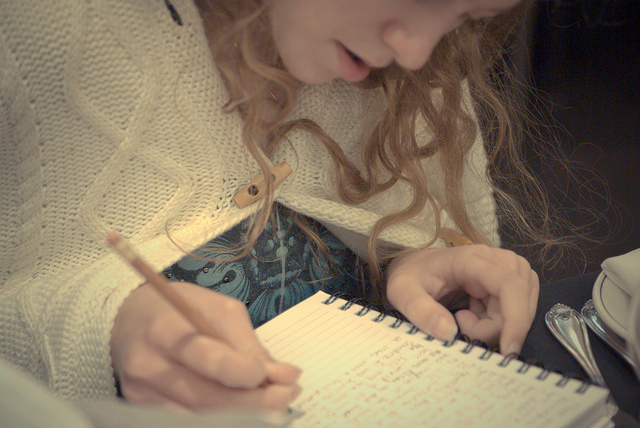
Ours is a world in which people race to write the first draft of a novel in 30 days by participating in National Novel Writing Month, also known as NaNoWriMo, who feel pressured to plan the next book in a series before the first one is even finished, to respond to trends and fads and events that are happening now before they disappear and are replaced by the next Big Thing. Some folks feel compelled to enroll in an MFA writing program, hoping it will give them time to focus on writing above all else, only to discover they feel rushed because that’s not all such an MFA program is about. I suspect the pressure to write a lot quickly is immense in such situations and that there is great potential for writing to become quite a chore.
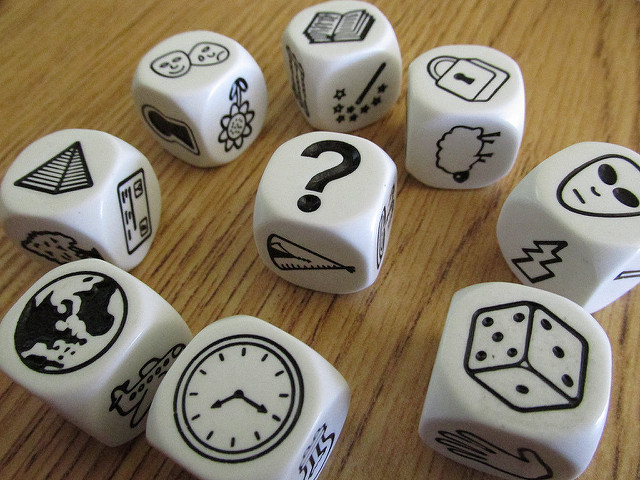
I’m not a fast writer, in case you haven’t guessed this already. My process involves dreaming, reading, researching, mind mapping, list making and reflecting before ideas begin to take shape and finally emerge on paper. I enjoy every step of the journey. Writing is not a burden for me; I don’t fit at all the stereotype of the angst-driven writer who feels she has to write but hates every minute of it. Life is too short to do something you don’t enjoy.
The idea of writing slowly, whether by hand or with a keyboard, until your story takes shape—however you define “story,” and I am defining it loosely—is shared by Patty Dann, author of The Butterfly Hours: Transforming Memories into Memoir. I love this book, which strings together the memories not only of Dann’s life but also those of her students who write their stories 10 minutes at a time until a truth is told that helps them make sense of their lives. For more than 25 years, Patty Dann has taught a workshop at the West Side YMCA in New York City in which she assigns concrete one-word prompts that are intended to evoke memories. These words are as simple as dining room table, apron, stairs, nightgown and snow. Some of her students have taken her workshop more than once, and when they do, they never tell the same story twice. This is slow writing, thoughtful writing, writing that—as Sarah Selecky would say—makes you sit up and take notice of the details.
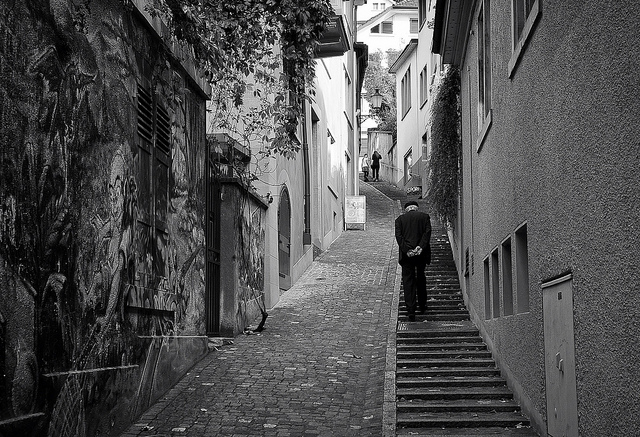
In The Art of Slow Writing: Reflections on Time, Craft, and Creativity, Louise DeSalvo says that “the best writing grows by accretion, over time.” She shares slow writing anecdotes not only from classic writers such as Henry Miller and John Steinbeck, but also modern ones such as Margaret Atwood, Junot Díaz and Salmon Rushdie. DeSalvo points out that to know where you’re going with your writing, you should understand your own rhythm and how you work best. You must give yourself permission to write not just one draft, but many drafts, some of them poorly. And before your finest writing work emerges, DeSalvo suggests you will have taken more time than you ever imagined to complete these stages:
- Imagine it. Think about your topic and take notes about it long before you begin to write your story.
- Draft it. Recognize that you don’t have just one opportunity to get your story right; you have as many chances as you need.
- Stage it. Break your work down into chunks you can handle: writing, revising, learning.
- Manipulate it. Figure out the order of your story, its structure, and its image patterns after you have something to manipulate. Later is better.
- Fine-tune it. Tighten your work where it meanders, expand it where it’s thin, and work through the details of using the appropriate words, sentences, and paragraphs.
One of the responsibilities a writer owes her readers is to make them feel. Writing that shows more than it tells, or that tells more than it shows, is out of balance. It takes time to find that balance. In The Emotional Craft of Fiction, Donald Maass explains the challenge clearly through an exercise in which you’re asked to complete a questionnaire with the following information about yourself:
- Date of birth
- Hometown
- Elementary school
- High school
- College/major
- Occupation
- Date of marriage
- Other marriages
- Current residence
- Religious affiliation, if applicable
- Awards/honors
- Hobbies/interests
Then Maass asks if you and he are now best friends. Of course, the answer is no. To understand you, someone would have to ask you how you felt when you lost your grandfather, what disgusts you, what resonates with you, what frightens you, what makes you feel proud, and much more. Writing a story before you take the time to understand the inner workings of your characters is shadow writing; you must take time to acquaint yourself with your characters’ experiences and how these happenings made them feel. This is all about noticing the details, and giving your story deeper meaning. “What shapes us and gives our lives meaning are not the things that happen to us,” says Maass, “but their significance. Life lessons, revelations, changes, and growing convictions are what we think of when we ponder who we are.”
Good writing is always the result of consistent practice over time, reflection, planning, learning, and revising. In the end, it doesn’t matter whether you write by hand or use a keyboard, if you pay attention to the details and don’t rush to the end. And when you stroll through your writing garden, instead of speed walking past it, take time to gaze at the butterfly floating above the day lily, to feel the sharp sting of freezing droplets on your skin, and to inhale the earthy aroma of wood smoke drifting from your neighbor’s chimney. Breathe slowly until you’ve internalized the details, become the details, and tell a story about them.
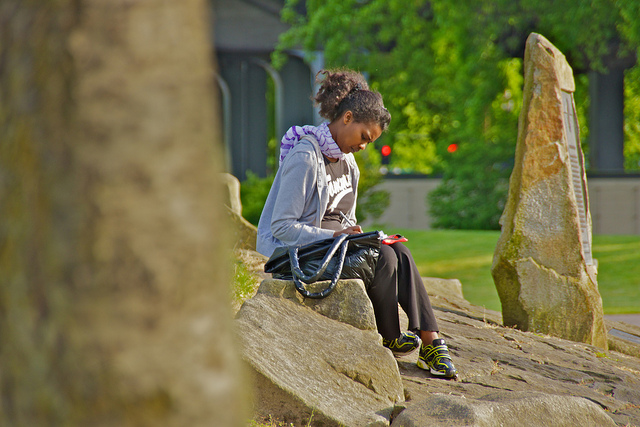
© 2017 Judy Nolan. All rights reserved.


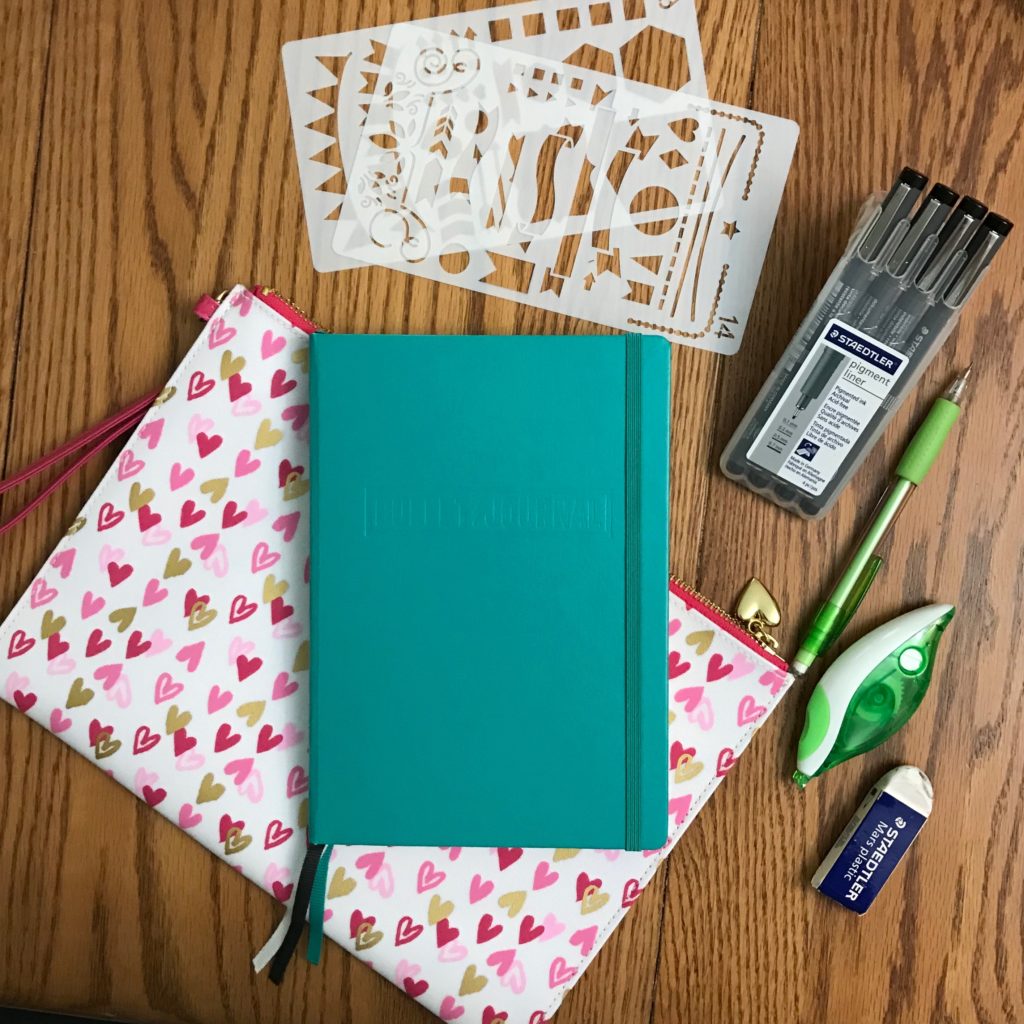
Very interesting view of writing. My writing is so messy that even I can’t read it after awhile so I prefer the keyboard. Plus, my thoughts are often faster than my fingers so this is a good reminder to slow down and enjoy the journey. The stages are very helpful and yes, we do have as many chances as we need to get it right!
For me when I write my ideas keep flowing while I am writing. I may start out with one idea but my mind will take me elsewhere.
I like the idea of writing in 10 min sections, and the varied suggestions to writing with specifics in mind. Often I will think of something from my past – although it is a pleasant or fleeting memory – taking a moment (or 10 min) to write about would be quite meaningful – and I can then go back and later read what I wrote bring forth more memories and ideas!
Thanks for your wonderful ideas.